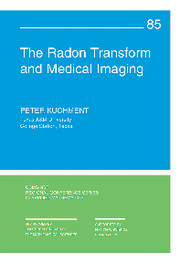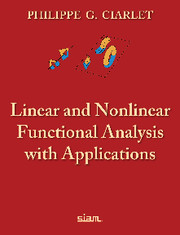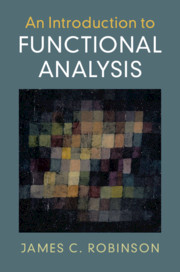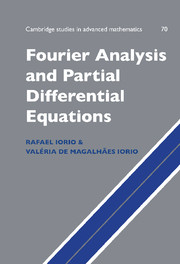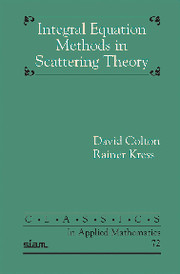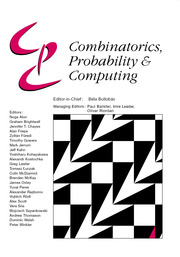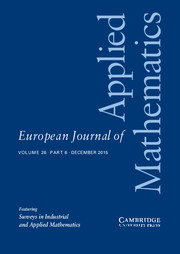The Radon Transform and Medical Imaging
The Radon transform, which represents the scattering data arising from a tomographic scan, underpins the mathematical foundations of medical imaging. This book surveys the mathematics behind some well-established imaging modalities such as X-ray CT and emission tomography, as well as a variety of newly developing coupled physics or hybrid techniques, including thermoacoustic tomography. Presented in this treatment are explanations of important concepts such as inversion, stability, incomplete data effects, the role of interior information, and other critical issues. In addition to emphasising mathematical ideas from across the spectrum of medical imaging modalities, the author provides a vast bibliography, and appendices covering notation, Fourier analysis, geometric rays, and linear operators. Graduate students and researchers in mathematics, physics, and engineering who are interested in medical imaging will find this book to be an invaluable resource.
- Emphasises mathematical techniques and ideas arising across the spectrum of medical imaging modalities
- Surveys the mathematical underpinnings of several new 'coupled physics' medical imaging techniques
- Includes appendices for non-specialists covering notation, Fourier analysis, geometric rays, and linear operators
Product details
No date availablePaperback
9781611973280
260 pages
270 × 170 × 12 mm
0.43kg
Table of Contents
- List of figures
- Preface
- Part I. Introduction:
- 1. Why use mathematics in medical imaging?
- 2. A brief and incomplete history of CT
- 3. Some major CT modalities and their features to watch for
- 4. Organization of the book
- Part II. Traditional Computed Tomography Techniques and Integral Geometry:
- 5. 'Standard' CT and X-ray and Radon transforms
- 6. Emission tomography
- 7. Artifacts, incomplete data, microlocal analysis, and such
- 8. More about 3D Radon and X-ray transforms
- 9. A brief overview of numerical methods
- 10. MRI, EIT, OT, elastography, UT
- Part III. Hybrid (Coupled Physics) Imaging Techniques:
- 11. Thermo-, photo-, and optoacoustic tomography (TAT/PAT/OAT)
- 12. Ultrasound modulation in EIT and OT
- 13. Inverse problems with interior information
- Part IV. Appendices: A. Notation
- B. Brief notes on the Fourier transform and harmonic analysis
- C. Geometric rays, trapping, energy decay
- D. Some classes of linear operators and operator functions
- E. Recommended books and surveys
- Bibliography
- Index.

